If your business has an active blog, then you probably thrive on creating new content and tracking the visitors to your website who consume it then share it online. It’s exciting to see your reputation grow as an authority in your field and, of course, you love watching all those leads convert to sales. But are they? Unfortunately, a growing list of blog subscribers and visitors doesn’t always translate into conversions. It’s entirely possible to experience a surge in traffic but not an increase in sales.
And of course, this is a problem—because although blog posts are meant to provide information and entertainment to your prospective clients, their main purpose is to gain more customers. If your posts only bring in research traffic and not converting traffic, you need to look hard at your blog strategy and make a few changes.
Here are some conversion optimization tips to get your blog visitors to convert into sales:
Tailor Your Content to Your Target Audience
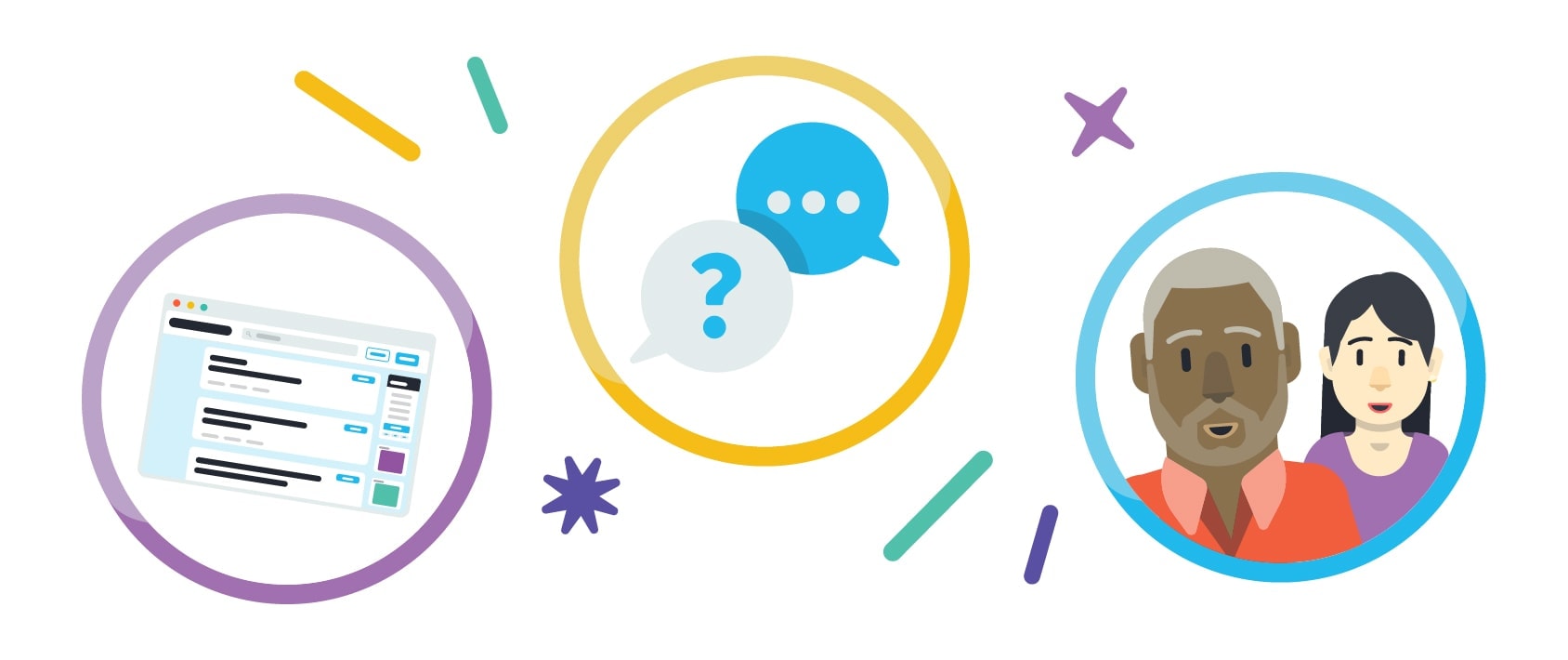
If you want to attract people who will read your blog and then, more importantly, buy your products and/or services, you need to keep that content tight, tailoring it to the preferences and requirements of your target audience. Many content creators make the mistake of creating content that draws research traffic instead of content that appeals to paying customers.
For example, if you’re a web design and marketing company and you post content about how to create a good website or how to implement SEO successfully, you’d use a different voice to target young IT professionals with detailed industry knowledge rather than older businesspeople running local businesses. Content like “How Does SEO Help a Local Business,” or “Why You Need a Quick Loading Website,” would be perfect for the older business person with the local business, but wouldn’t be of much interest to the younger IT professional. You can of course target both—but only if you’re offering an appropriate product or service, otherwise, what’s the point?
Buyer personas (profiles of your typical customer including gender, age, industry, position, etc.) can be invaluable in helping you identify your target audience—this free template will help you get started on creating yours.
Choose Pain Points & Provide Solutions
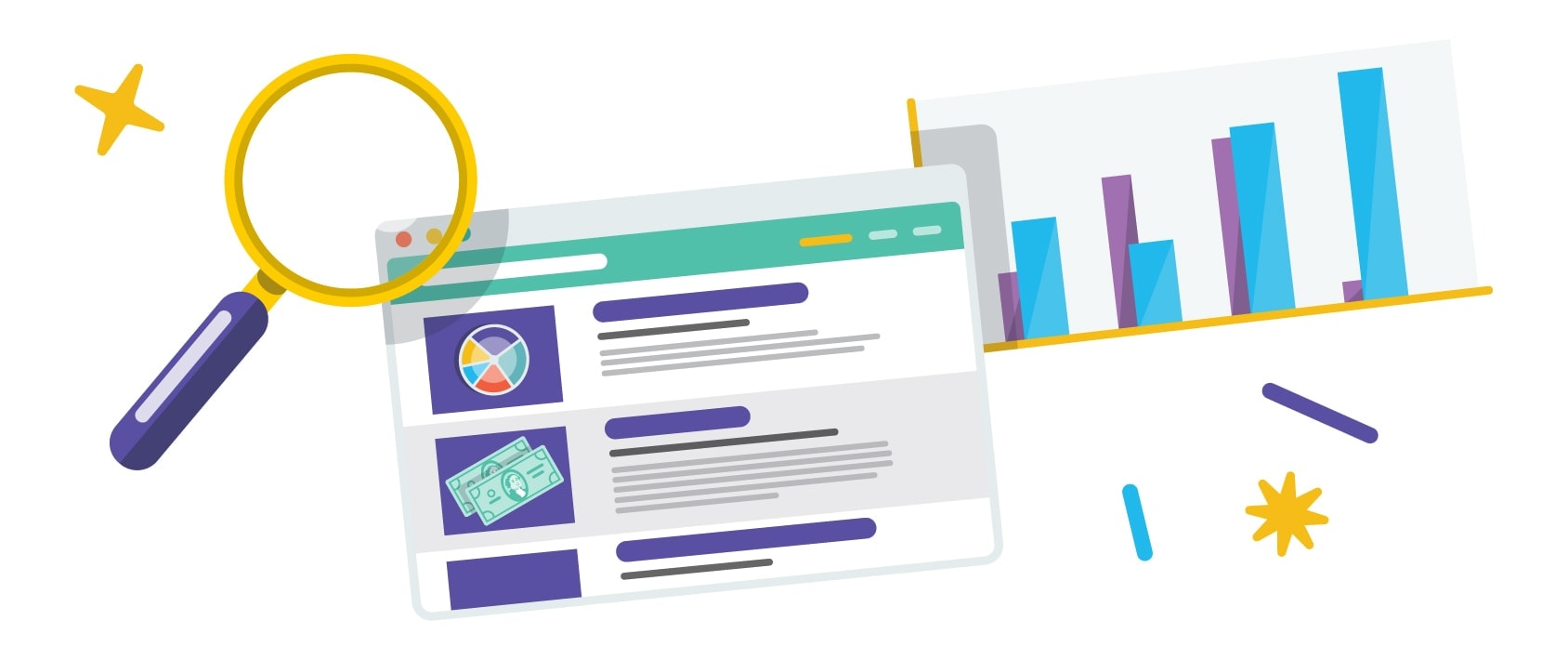
Even if you understand your audience, it’s not always easy to determine which type of content will appeal to them. Content creators often struggle to come up with new and interesting ideas for their target audience and that hampers their progress. The best way to find topics for your content writing is to determine what the pain points are; these are problems that you struggle with and seek solutions for.
These pain points are relatively easy to determine if you conduct some research and look at your target audience’s comments on your previous posts and social media. For example, if your customers are small business owners, they may be struggling with attracting foot traffic into their store, reaching customers beyond their local area, and bringing in more profits, etc. Once you understand the pain points, you can create content to address these pain points and offer solutions in the form of your products and services. Don’t provide the complete solution on a blog post; instead, ask them to call you for more advice and assistance.
Understand the Buying Cycle
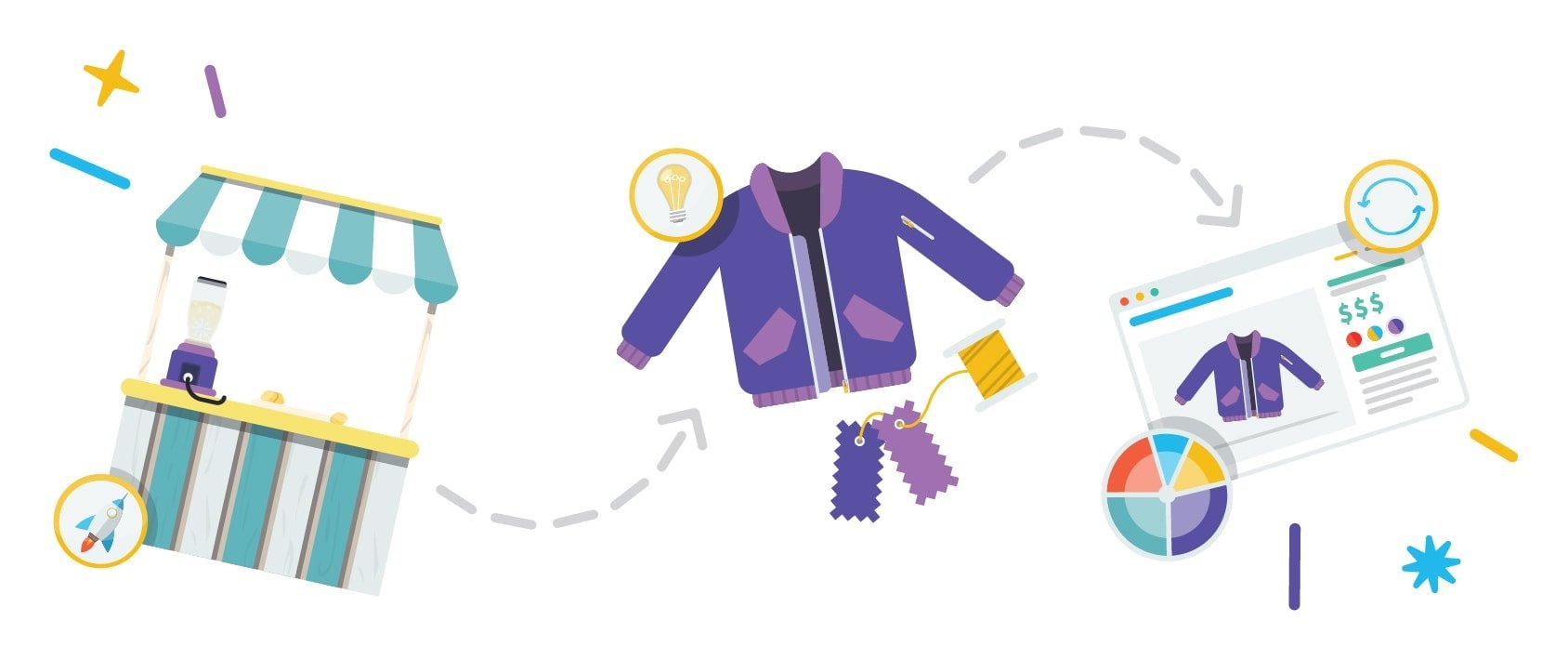
Customers go through a buying cycle wherein they discover a need for a product or service, perform initial research, investigate deeper with final research, and then make the purchase decision. This is known to inbound marketers as the “buyer’s journey.” Your content should target prospective customers who are in the initial research stage of the buying cycle.
To encourage them to convert, your content needs to address their requirements and pain points, provide workable solutions, and convey your recommendations in a convincing manner.
The idea is to build trust and impress upon the prospect that you know what you’re talking about. If your potential customers see you offer good quality and comprehensive advice, they’ll be more likely to get to the purchase stage of the buying cycle. You need long-form and well-researched content to convince customers to convert at this stage. They’re looking for educational material so ebooks, white papers, and industry research or reports are a good choice of content, and it may be prudent to include keywords like “troubleshoot,” “improve” or “solve.” The more information they find in your article, the less likely they will be to look elsewhere and become distracted from the purchase decision.
Readers Skim—Make it Easy for Them
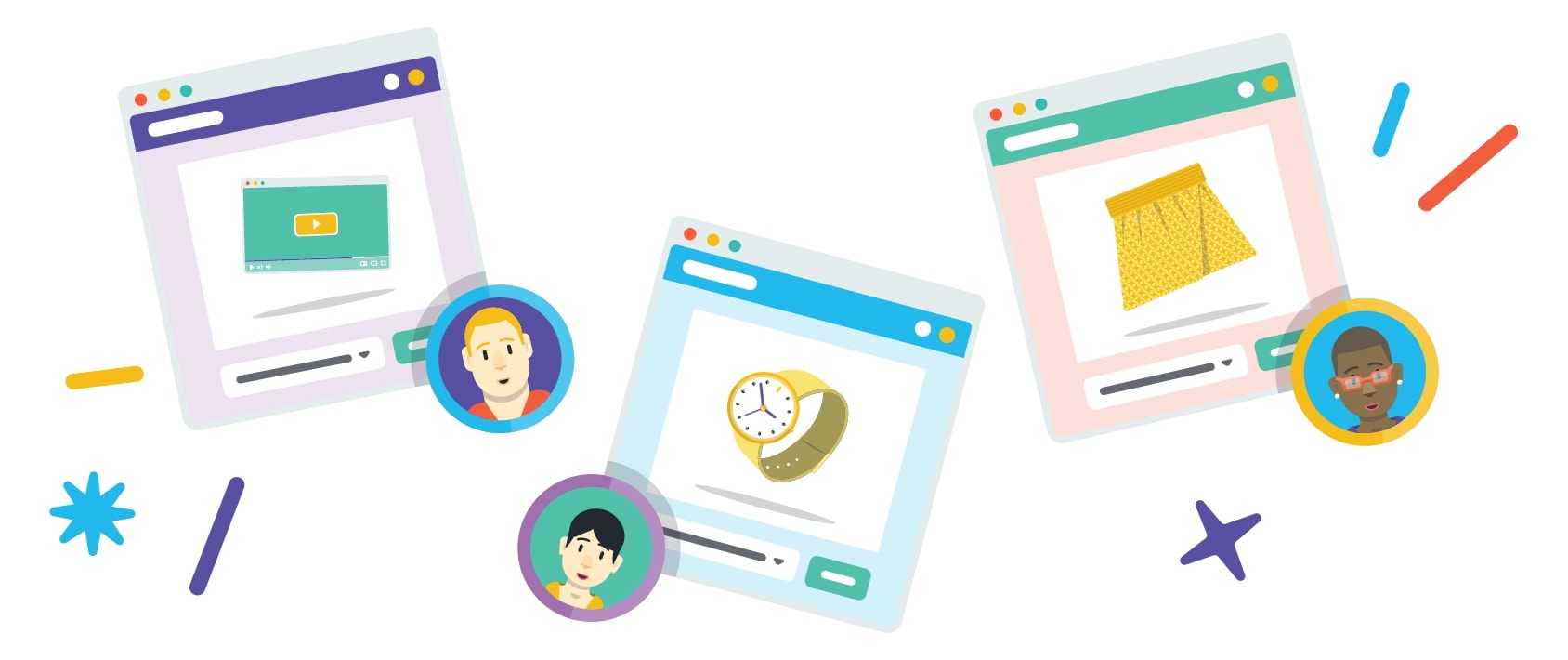
Most people have short attention spans and they’re unlikely to read all of your content thoroughly—check your average session durations on your analytics but don’t be disappointed if they seem low! Most readers will skim through the article to get the gist of it instead of evaluating all the points written in it—so you need to format the article to suit skim readers as well as people who read carefully.
- Make sure all paragraphs are short with no more than 3 to 4 sentences
- Use headings, subheadings, and bullet points wherever applicable
- Add pictures related to the content that provides a visual explanation of the content in your article
- Choose a clear and visible font
Capitalize and highlight in bold words and sentences you want to draw attention to and make sure your call-to-action is eye-catching enough to nudge the customers towards a purchase.
Remove Distractions
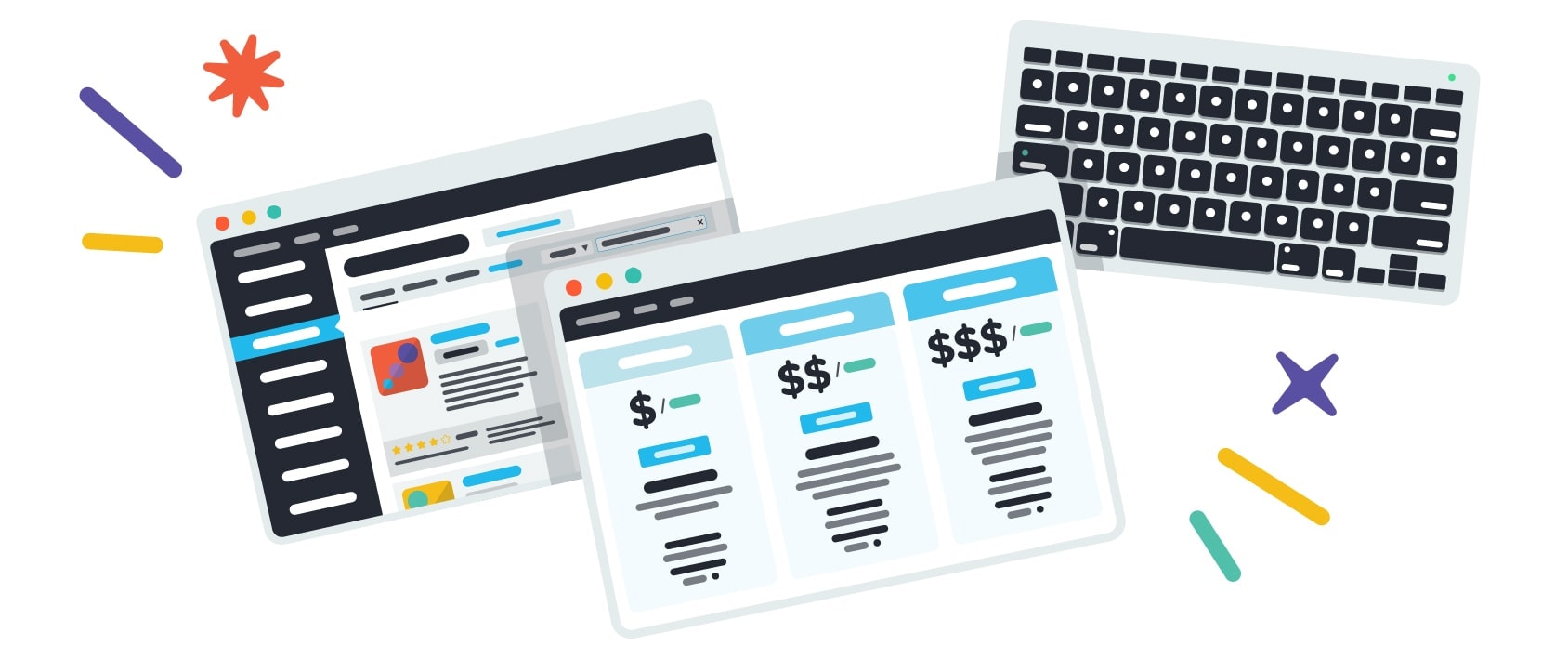
You want your prospective customers to stay focused on the content and reach the end, and your article should reflect that. Every article must have a start, body, and an end that’s consistent and in sequence. You also need to stick with the theme and stay on topic. Don’t include comments or links that distract from the flow of the content and draw the prospect away from the topic at hand. It’s also been acknowledged that readers spend most of their time above-the-fold, so consider creating a distraction-free environment there on your website.
If you want to include images, make sure they contribute to the story of your article instead of distracting the reader from it. Place all the reference links at the bottom of the article so readers aren’t tempted to click on them and move away from the page. If you intend to include links, be sure to provide a snippet for the information in your content so the readers don’t have to click on the link to know what you’re talking about. For example, if you want to include a concept in your content but don’t want to describe it in detail, include a short but clear definition and then add a link. This reduces the likelihood of the reader moving away from the page.
Link to Sales Pages
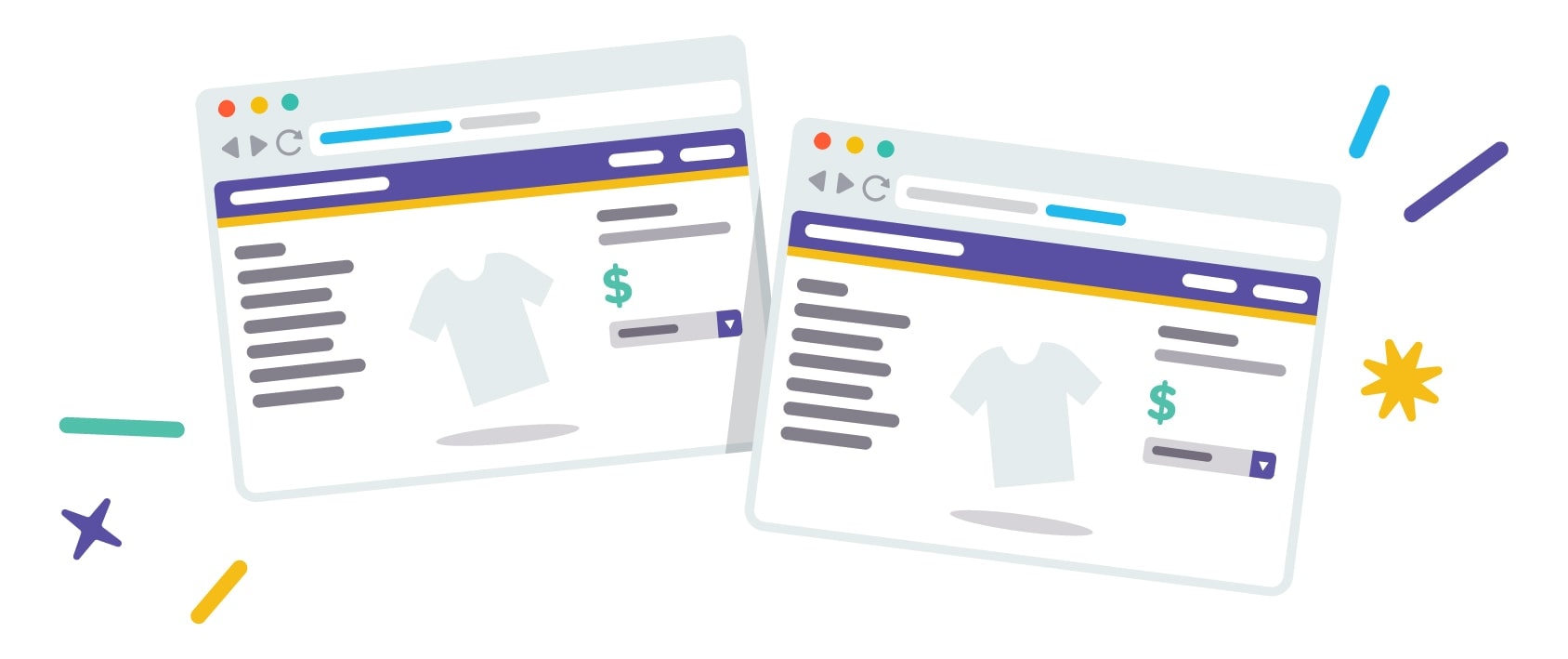
Not all links are disruptive and distracting. Some links actively encourage conversation and will help increase sales. At key points of your article, link service or sales pages and guide the prospect through the purchase process. Links to sales pages ensure customers don’t have to search for products or services themselves and step into the next section of the sales funnel without delay.
When customers read your content, you build traction that ultimately leads to conversion. If you interrupt the flow by forcing the customer to look for products and services related to the content, you’ll lose that traction.
Market Your Content
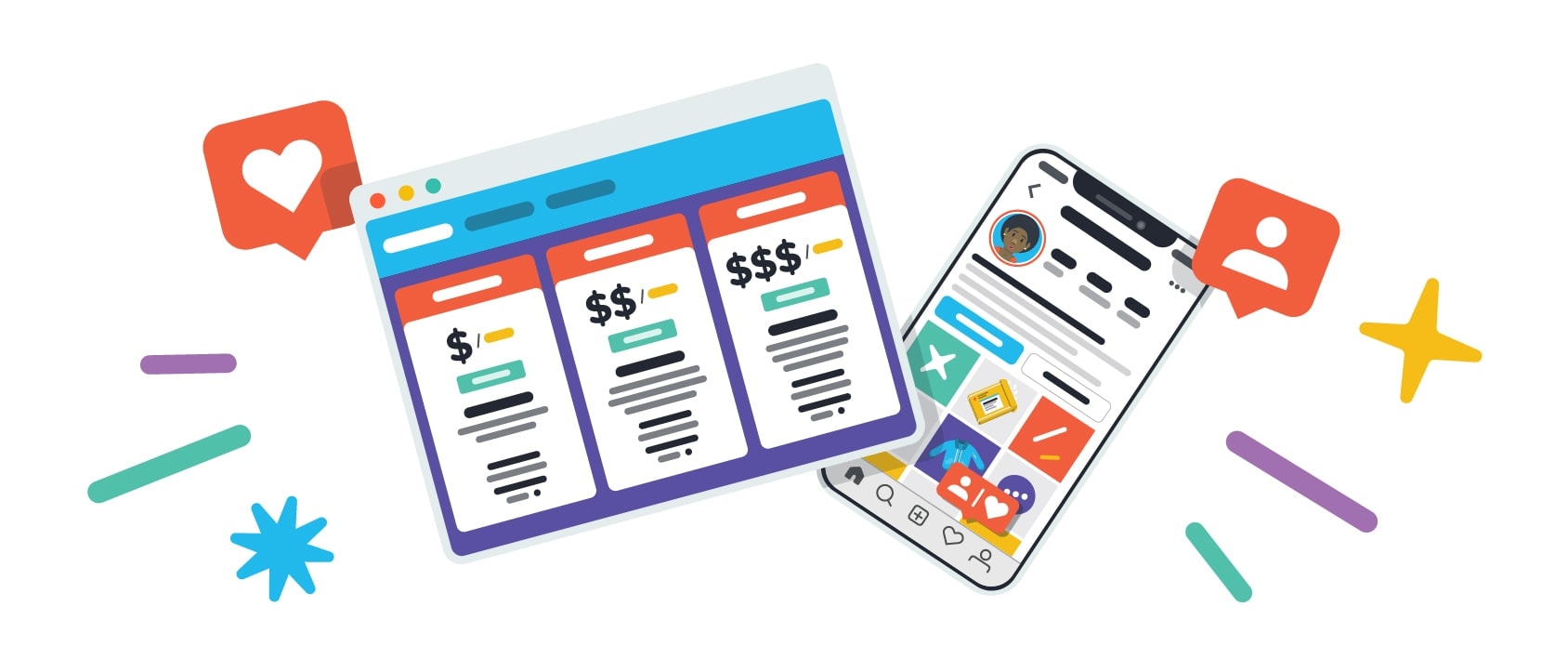
Promote your content on social media, offer free giveaways in exchange for subscriptions and email addresses, send newsletters, and encourage people to share your posts with their connections. Promotion will lead to more audiences and that will lead to more conversions as well.
You can also engage your audience in the comments section and reply to any questions and comments they have as quickly as you can. Answering a question promptly might encourage the readers to convert immediately. Positive customer feedback will undoubtedly encourage more leads to convert.
Conclusion
Don’t forget, though, that there are a number of factors that can lead to poor conversion rates. If you’re in the middle of an economic downturn or your product isn’t targeted correctly—or just isn’t very good—then your blog won’t convert to sales no matter how well-written and well-targeted the content. You can’t influence factors that are out of your control, but the steps mentioned above can help you steadily increase sales and develop a good converting customer base.








